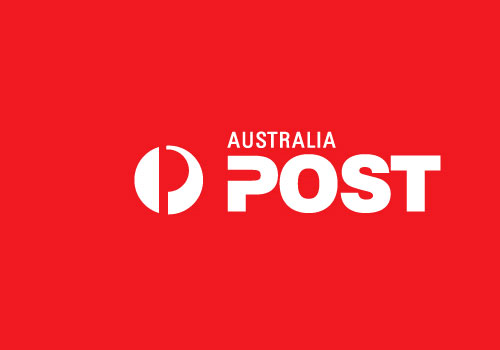
Junk mail spurs growth for top printer makers
Junk mail may at best sound like something to toss, but to companies like Xerox Corp., Ocè NV, Hewlett-Packard Co. and Eastman Kodak Co., the stuff smells like money.
Makers of high-production printers and systems have the direct-mail marketing industry in their sights, promoting the use of high-end digital printers with software tools to help advertisers personalize marketing content. Personalized marketing is advertising directed to an individual that’s sometimes based on past activity and elicits a response that can often be tracked.
Mailboxes across the country are filling up with personal messages from advertisers that can have intimate knowledge of a person’s insurance rates, car payments, favorite vacation spots or hobbies. Some even send coupons for favorite stores and products on a person’s birthday. Such personalized advertising typically generates significantly greater response than an advertisement meant for a general audience.
As such, it’s also the fastest-growing form of advertising off the Internet, and is projected to drive sales growth by 5.3 pct a year from between now and 2012, according to data provided by Direct Marketing Association, a trade group offering direct-marketing tools. By comparison, television ads are seen driving sales growth by 5pct , newspapers by 0.9pct , magazines by 3pct and radio by 3pct over the same period of time.
Altogether, the U.S. direct-mail printing business is a USD 62.2 billion market that’s expected to grow around 6pct, or 7 billion pages a year, data from marketing consultants Winterberry Group and Universal McCann show.
For printers, direct-mail growth helped in part to break a negative trend that occurred from 1997 to 2002, Citigroup’s Troy said. Xerox led the digital charge with its iGen3 which could churn out more than 100 pages of high-quality color prints within a minute.
That’s small compared with the traditional offset printers that still dominate the sector. More than three-quarters of all U.S. printers continue to use offset printing because it can handle greater workloads. But unlike offset printers, digital printers can be tied into software systems that can individualize each printing, targeting personal taste or interests.
Since Xerox made its digital move, rivals have gathered — including HP, Kodak and the Netherlands’s Ocè, which on Tuesday unveiled its high-speed JetStream printer, made especially for direct marketers’ demand and employing what it describes as a customer-relationship management system.
Ocè Chief Executive Rokus van Iperen said in an interview with MarketWatch that he considers Xerox the company’s direct competitor for high-end printing, such as wide-format printing, graphic printing and direct-mail printing, but notes that others are on the heels of both companies.













